In her new book "Doctor Dogs," author Maria Goodavage reveals all the ways that our best friends are becoming our best medicine. Here is one remarkable example involving a young man named Clay Ronk in California:
They tested his glucose with a finger prick every thirty minutes, but it wasn’t decreasing the way they’d hoped. The staff decided to send Clay to the University of California, San Francisco (UCSF) Medical Center. Stat. The Ukiah hospital wasn’t set up to deal with this level of diabetic emergency.
Without traffic it’s about a two-hour drive — somewhat faster by ambulance — but in the San Francisco Bay Area there’s rarely a time without traffic. Karin hoped one of the ambulance teams she worked with would be able to take him. Hospital staff told her if Clay’s blood sugar dropped under 499, which was the highest a meter in the emergency room could read, he could go by ground transportation.
Karin phoned work and told her supervisor what she needed. A call went out via radio for the transport. That crew stood by for almost seven hours waiting for his blood sugar to dip below 499, but it never came close.
He needed to go by air. Clay arrived by ambulance at the airport and was transferred to the waiting plane. A doctor and a nurse were aboard, ready to take over his care.
“I can go with him, right?” Karin said. Clay was in and out of consciousness. She couldn’t let him go without her.
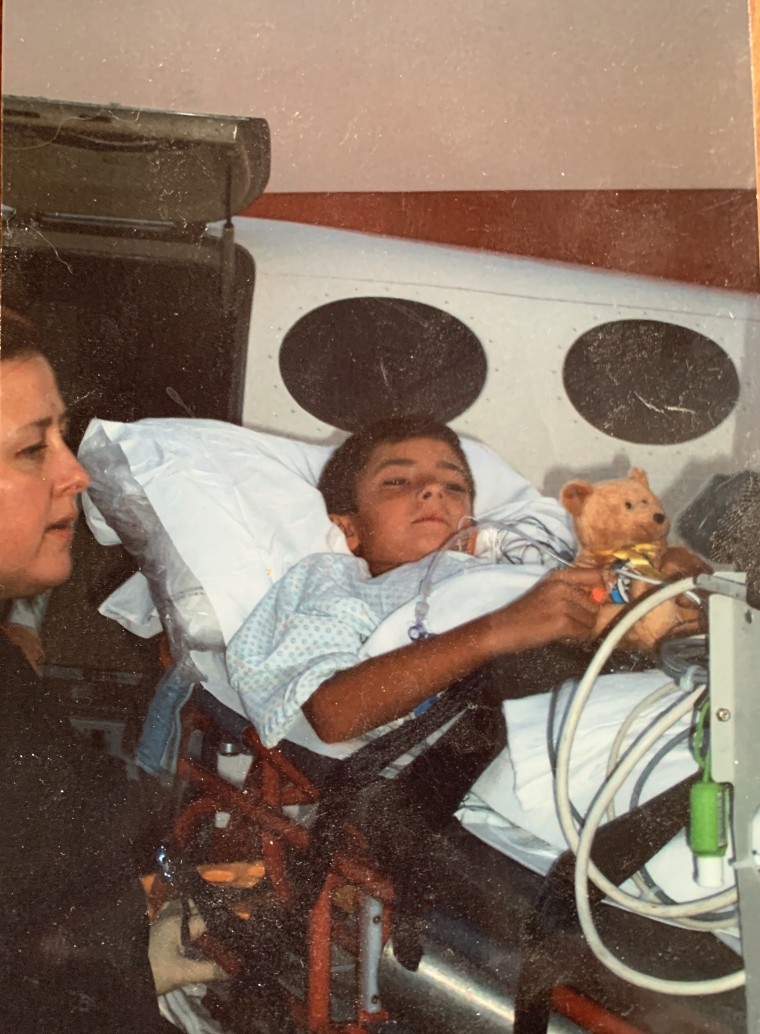
The pilot told her that the Cessna 414 could take only another hundred pounds. Karin weighed more. The pilot said there was one way around this if she was bent on traveling in the plane.
“Mom, you’ll have to sign a form that if the plane goes down, we’re not liable.” That didn’t seem like a good idea. Her son’s blood sugar needed to go down, not his plane. She would drive with Ken. They watched the plane take off. Then they sped to San Francisco, not talking, just trying to get through each interminable minute until they could see their son again.
The dream of having a dog
Shortly after Clay’s eighth birthday, Karin read an article about an organization called Dogs4Diabetics in Concord, California. The diabetic-alert dogs it was producing seemed like miracle workers. She showed the article to Clay. His eyes grew large.
“Mom, a dog could help me?”
“Yes, I really think so.”
She applied the next day and got an immediate reply saying applicants have to have lived with diabetes for a year. Disappointing, but doable. They waited until the one-year anniversary of his diagnosis and applied again. This time they got an email saying the organization had changed its age requirements, and children had to be a minimum of twelve years old to apply for a dog.
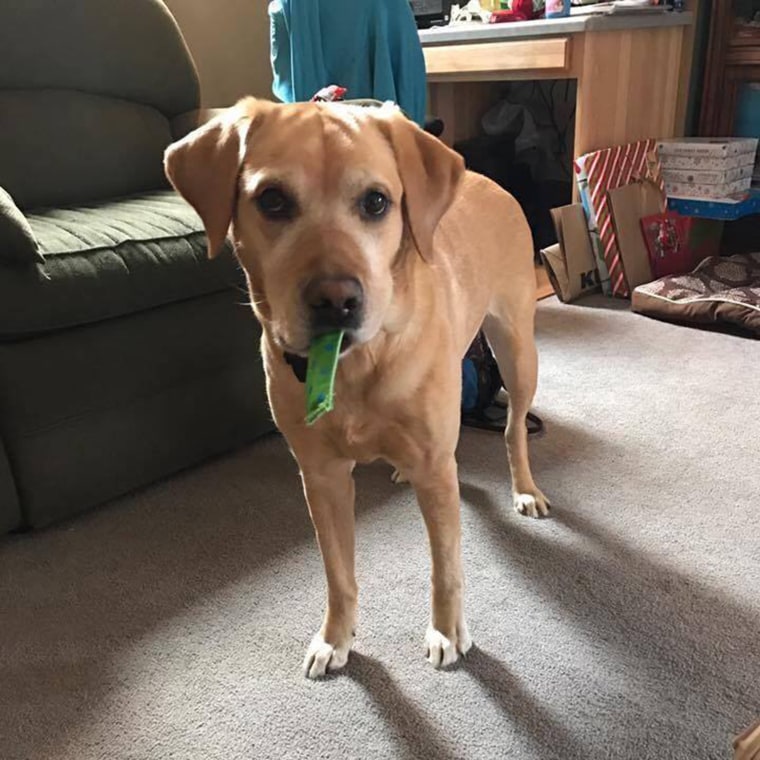
Clay was fourteen when he was finally accepted into a class. The family had already made reservations for summer getaways and camps, but canceled everything. He and his parents drove nearly five hours round-trip every Saturday and Sunday from the last week of April through the first week in August. Clay was the youngest in the class.
“It was the most difficult thing I’ve ever done,” says Karin. “There was so much emotion we had invested in this, and we worried about the pressures of passing, especially for Clay. I was terrified about us passing. We crammed for the tests together.”
They did pass. And then a new wait began. The wait for a dog. They showed up at every training event and watched as newer students were paired with dogs Clay had hoped to get. It was a heartbreaking process for him, but behind the scenes, trainers were in matchmaking mode, looking for just the right dog for each person.
Almost a year after Clay started at Dogs4Diabetics, the program manager asked Clay if he wanted to take a dog home for the weekend just to see what it was like. He was thrilled, but when he and his mom got there, they learned the dog had a slight injury and they wouldn’t be able to take her. The program manager didn’t want to disappoint them after they’d made the long drive, so she asked Clay if he’d like to take a sweet yellow Lab named Whitley home instead.
The tawny girl wasn’t the dog they’d had in mind, but at least Clay would be able to experience having a diabetic-alert dog at home.
Never miss a parenting story with the TODAY Parenting newsletter! Sign up here.
'Yours for good'
That weekend, Whitley alerted to Clay. She moved close to him, sat, and stared at him with her huge brown eyes. It was the same sort of expression a dog begging at the table for a crust of pizza or bit of steak might employ. Once Whitley had Clay’s attention, she licked him on his arms and went into a downward-dog stretch, front end down, hind end up. She was very casual about it, and if they hadn’t known better, they’d have thought she was just getting the kinks out after a nap.
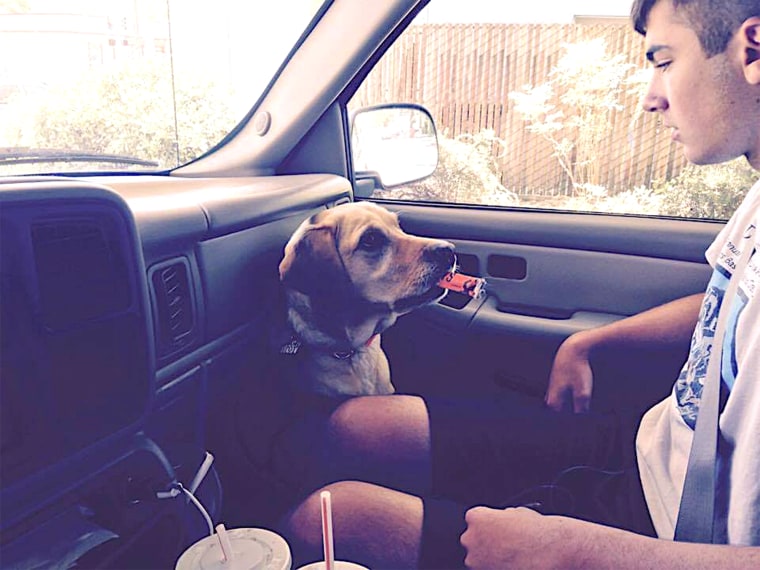
Toward the end of her bow, she dipped her head down and grabbed a durable cloth strip hanging off her collar. The strip is called a brinsel, and Whitley focused her gaze on Clay with the brinsel sticking out of her mouth like a cigar. It’s the ultimate signal from a diabetic-alert dog. Something along the lines of: Check your blood sugar because it’s not where we want it, and it’s going down [or up, in some cases] fast.
Clay and his mom couldn’t believe a dog had alerted to him in their house. What they had been waiting for all these years was finally becoming a reality.
This dog who was theirs just for the weekend suddenly became the best dog in the world. They checked Clay’s blood sugar, and it was lower than 70. They rewarded Whitley with what they call a party — loud, loving praise and a high-value treat she gets only when she alerts.
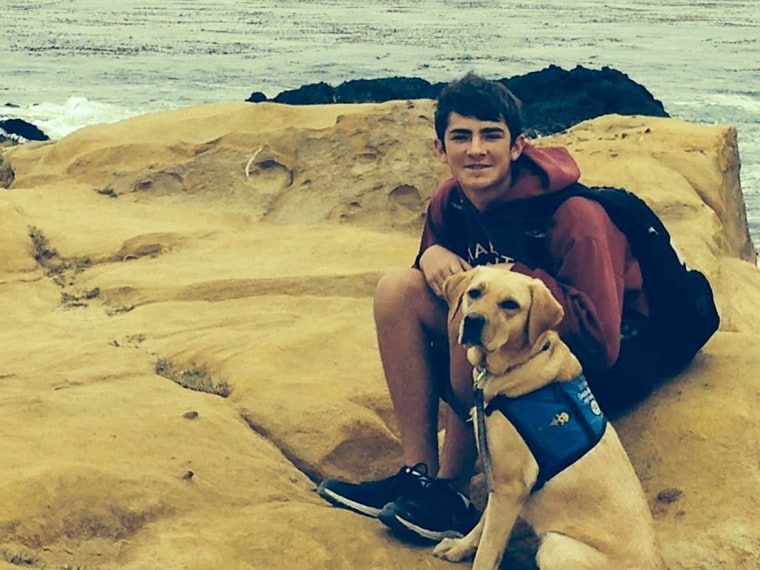
Clay drank some apple juice to try to increase his glucose, and they checked again in ten minutes to make sure his blood sugar was rising. If Whitley hadn’t alerted him, he would have dropped even lower before he felt the symptoms, and it would have been harder and taken longer to get his glucose back up.
On Monday they returned Whitley with heavy hearts, not knowing if they would see her again. But when they came back on Thursday, the trainer had a question for Clay:
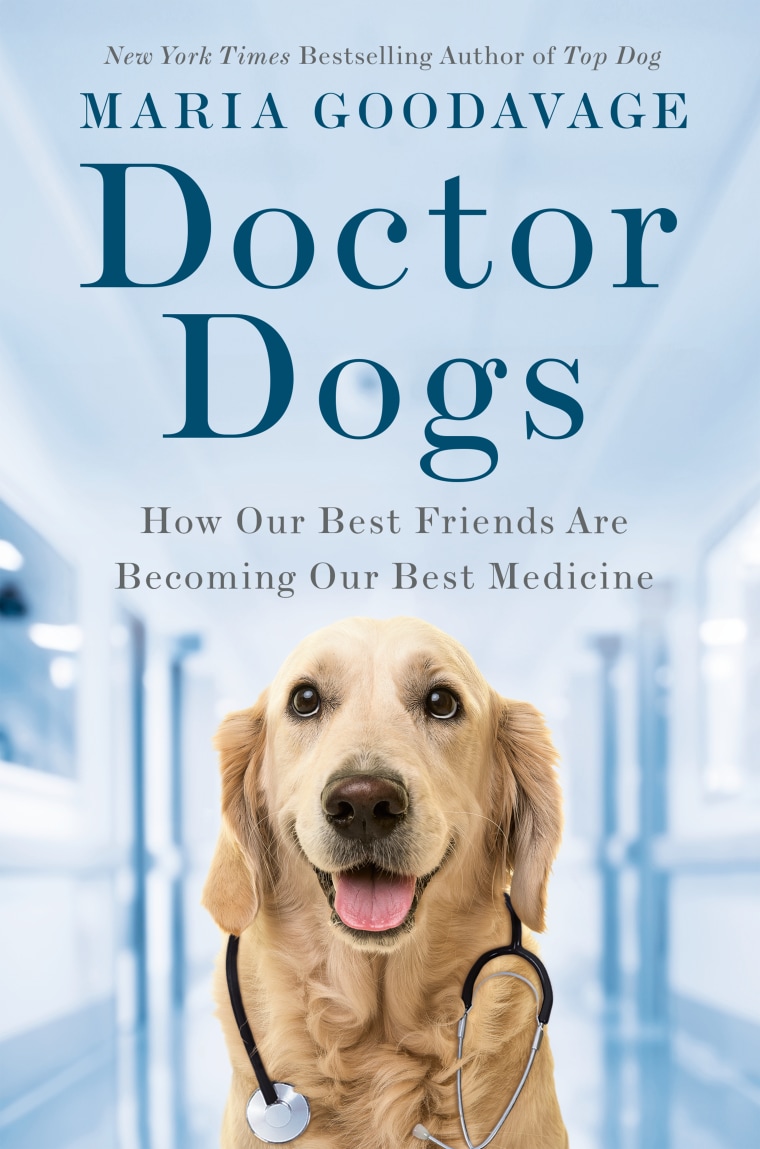
“I wanted to ask you if you would like to take Whitley home and try a temperament placement test with her? If it all works out, she’ll be yours for good.”
Clay and his mom couldn’t contain their emotions, which ping-ponged from tears of relief and joy to giddy laughter.
Excerpted from "Doctor Dogs: How Our Best Friends Are Becoming Our Best Medicine" by Maria Goodavage. Reprinted by arrangement with Dutton, a member of Penguin Group (USA) LLC, A Penguin Random House Company. Copyright © 2019 by Maria Goodavage.
Related video:


